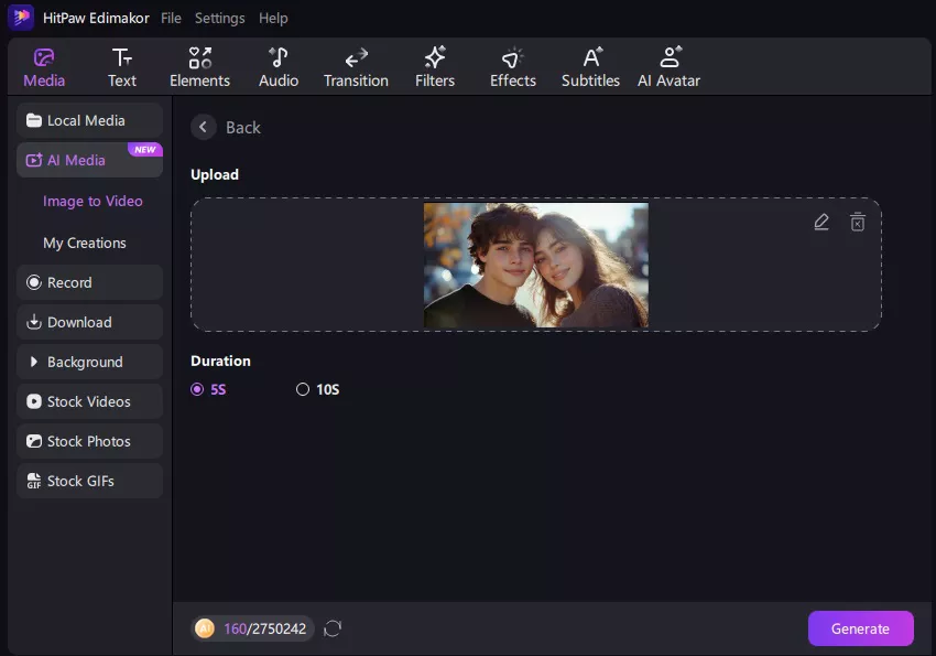Font design is a practical subject and a fine art. That is, font designers must be accurate, inventive, and use the correct tools or applications. Irrespective of your experience and knowledge in typography, the ability to access the proper tools or assets may result in a more fruitful and efficient process.
We have various font-designing tools online, which may assist font designers in actualizing their concepts without incurring any costs. There are paid or premium versions and open-source tools. However, this article only discusses the top free tools each font designer should bookmark today.
1- FontForge
FontForge is an open-source font editing tool that innately supports various typeface set-ups such as Post-Script, Open-Type, and True-Type. It can be used when a designer must completely control the process of editing and creating glyphs. The tool has different features that enable font designers to script, export, and import various kinds of fonts. It has an outmoded interface that works efficiently.
2- Calligraphr
Font designers can use Calligraphr to change handwriting into any typeface. This open-source tool is ideal when a template must be printed, handwritten, scanned, and then uploaded to produce a font. Although there are paid versions with advanced features, the open-source version is enough to create any font desired. Calligraphr is mostly used by illustrators and hobbyists.
3- Google Fonts
The tool is widely regarded as a fabulous fountain of free font designs and an excellent training tool. You can use it when studying effective font information and makeup, observing how typefaces appear in actual apps, and downloading and editing such fonts. Google Fonts has inspired the creation of various artworks.
4- Glyphr Studio
This font-designing tool can only be used online, although it has a lustrous and in-built interface. Glyphr Studio is ideal for both intermediate and novice learners keen on a candid method of designing typefaces. The tool supports various elements such as multiparts and anchors alongside kerning glyphs. Font designers hardly need to install the tool because it is browser-based. You only need to launch it and begin your font design work.
5- FontStruct
Font designers use this internet-based tool to produce symmetrical fonts structured on gridlines. FontStruct is a very straightforward tool, ideal for both instructors and novices. You can easily download typefaces made using FontStruct in TrueType format. The tool has an interface with lively users and a collection of user-generated typefaces for orientation and application.
6- HeicToPDFs
Whereas HeicToPDFs is hardly a font designing tool, it is essential for typeface designers engaged in image-based resources or file formats. Usually, you can get iPhone-related HEIC files or draw glyphs, which cannot be opened, read, or viewed on various platforms and font design tools. However, you can leverage the power of this free tool to convert HEICs to PDFs as it ensures that all details are preserved. Tracking or using the converted text in any font editing tool is easy. Please find out how it works and reorganize your work plan whenever you work with HEIC images.
7- FontDrop!
Font designers can use this tool to view different fonts quickly. For example, you can preview each OpenType element, information, and glyph by dragging and dropping the desired font file in any browsing window. As a font designer, you can never miss this tool in your bookmarks today. A designer must want to test and review any typeface during development.
8- WhatTheFont
Use this tool to identify the closest matching typeface from the uploaded image or file. It is the best tool that inspires novice designers to comprehend font features, particularly when they intend to reverse-engineer typefaces for a specific project.
9- BirdFont
This open-source typeface editor has a customized and easy-to-use interface compatible with various colors and fonts. Font designers can export typefaces in SVG, EOT, and TIFF formats without experiencing any problems. The tool is suitable for working using desktop apps with a current, visible user interface. You can regularly update and properly document BirdFont, making it the most dependable alternative for individual and expert projects.
Conclusion
The process of designing fonts is very complex because you must be innovative and amalgamate practicality with structure. The above-mentioned tools are ideal for enhancing font design procedures irrespective of the task involved: polishing kerning pairs, handwriting syllables, or typefaces. As such, font designers must bookmark open-source tools to improve their workspace conditions and produce stunning and operational fonts at no cost.

Leave a Reply